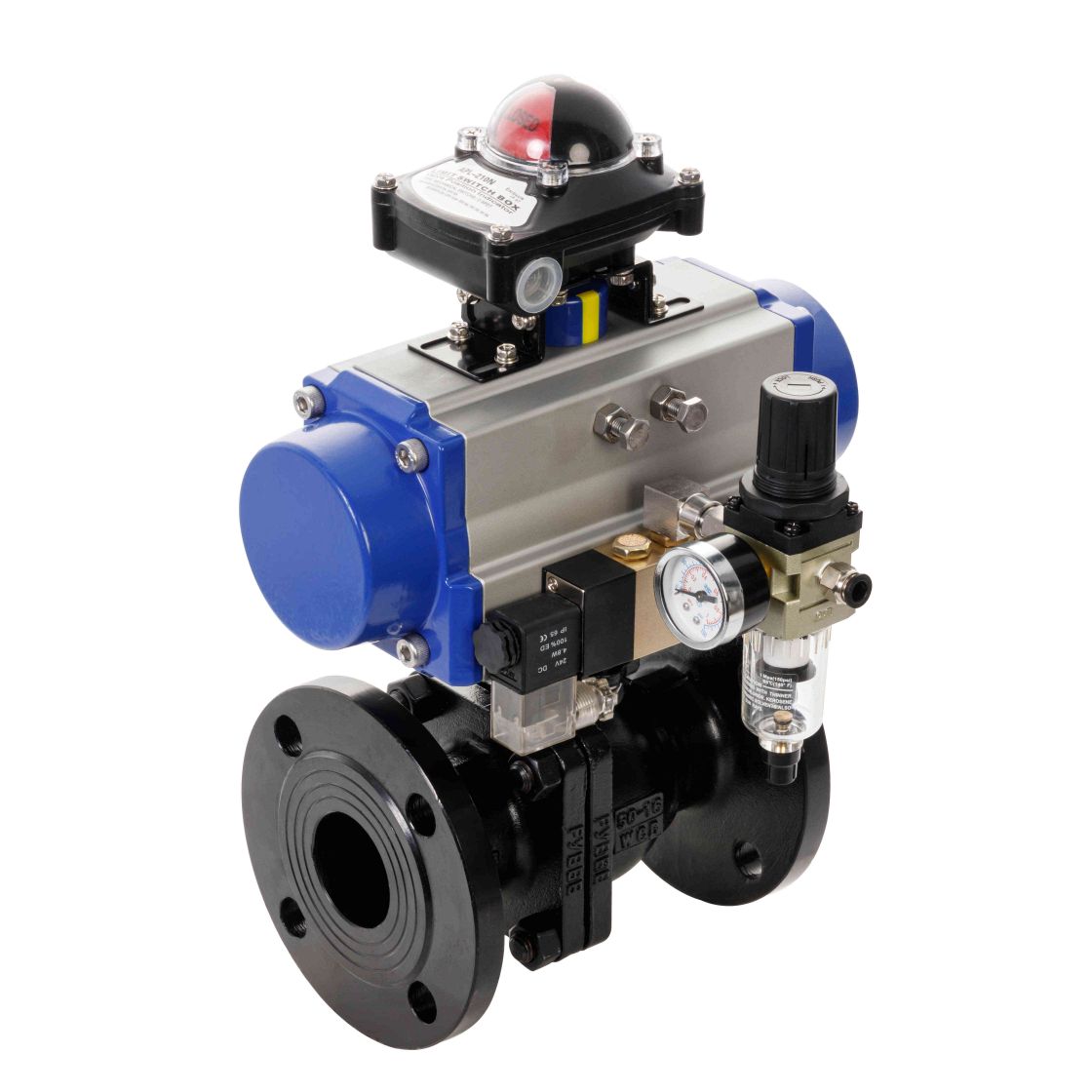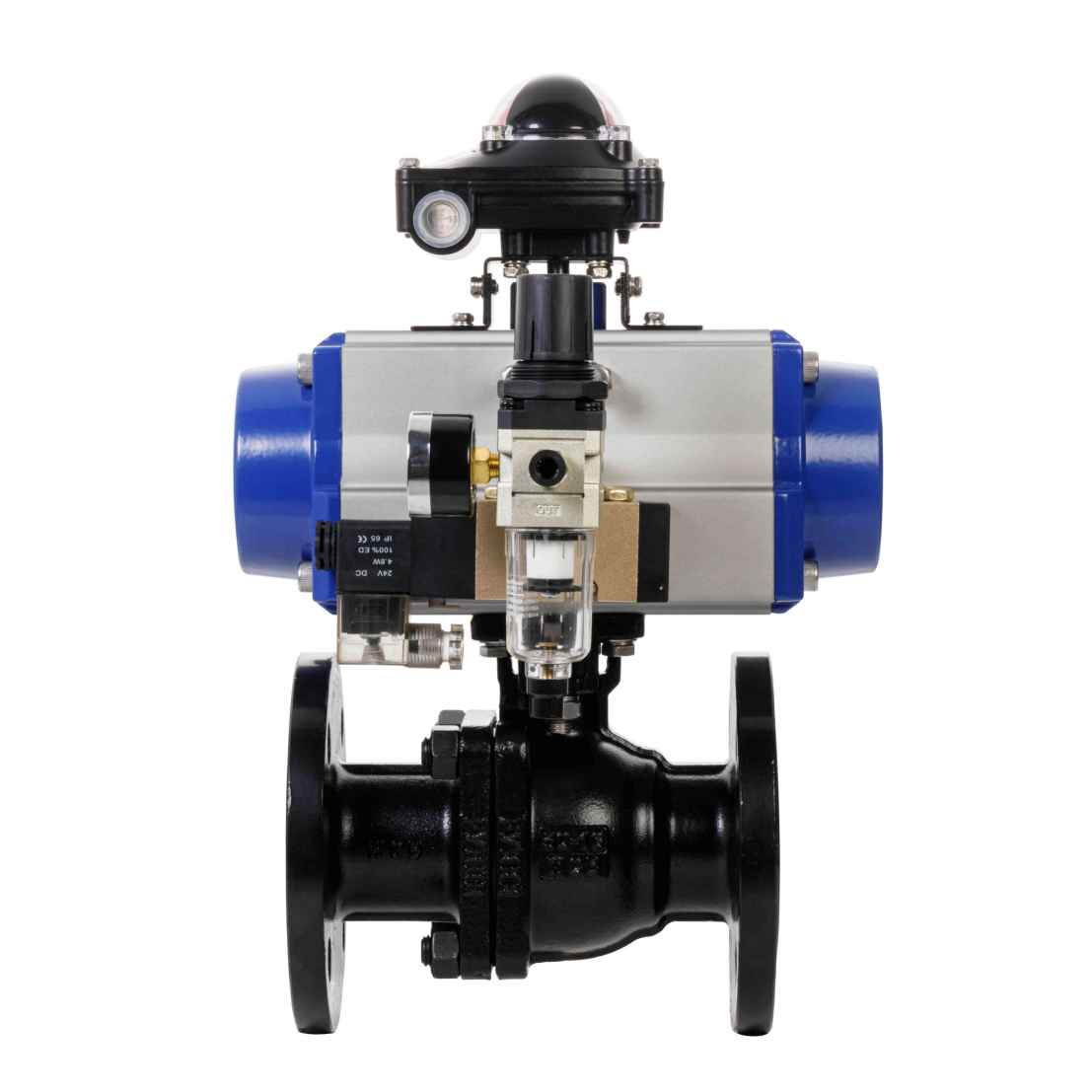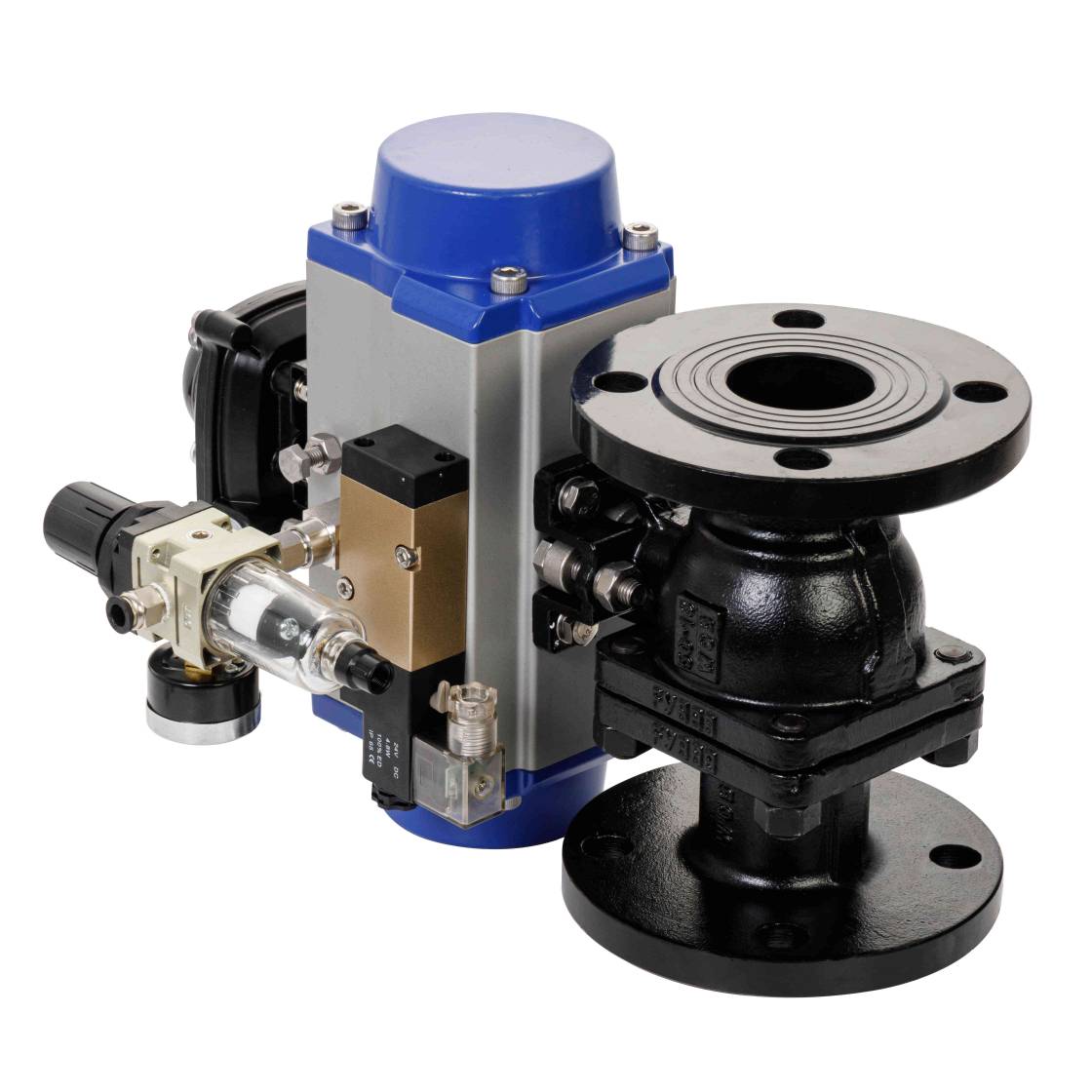understanding pneumatic ball valve: features, advantages, and applications
Release time:2025-08-04 19:02:57
Pneumatic ball valves are essential components in industrial systems that control the flow of liquids, gases, or slurries within pipelines. Leveraging compressed air to operate the valve, these devices offer swift and reliable fluid control. In this article, we will delve into the construction, advantages, types, and diverse applications of pneumatic ball valves.

Construction and Working Principle

A pneumatic ball valve consists of a spherical ball with a hole drilled through its center, acting as the controlling element of the valve. When the valve is closed, the ball blocks the flow of fluid, and when it is open, the hole aligns with the pipeline, allowing fluid to pass through. The ball valve is rotated 90 degrees to transition between the open and closed positions, offering quick and precise flow control.




